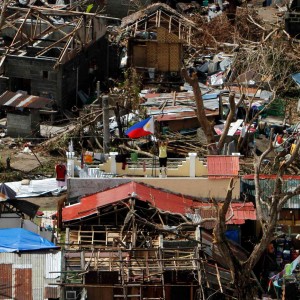The Asian Development Bank (ADB) is set to make tweaks to its project selection criteria to favor programs that promote inclusive growth and protect the environment as it strives to improve the sustainability of the region’s boom.
In a new report, the ADB said a recent internal study showed the need for changes in the way it chooses which projects it would fund through concessional loans.
ADB-funded projects in areas affected by Supertyphoon “Yolanda,” if successful, could serve as a model for programs that could be implemented in the rest of the region, the bank said.
“As a premier regional public institution, ADB can and must rise to the challenge of meeting these expectations,” the Manila-based multilateral lender said.
“This review finds that to do so, ADB must adapt its business model to reorient operations,” the bank said.
The internal study was conducted by the Independent Evaluation Department, an autonomous body within the ADB that reviews the bank’s policies and recommends changes that aim to improve results. The study assesses ADB’s development strategy, which runs from 2008 to 2020.
The ADB noted that emerging countries in the Asia-Pacific region continued to deliver robust economic growth, which is projected to average 6.2 percent this year.
Despite the growth, income inequality continued to widen in 12 countries that make up 80 percent of the region’s population, which, in turn, was weakening the impact of growth on reducing poverty and could threaten social cohesion, the ADB said.
Given the ADB’s emphasis on bankrolling infrastructure projects, which accounted for 72 percent of its total loan portfolio of just over $65 billion from 2008 to 2012, the audit urged the bank to promote inclusion by stressing projects that especially benefit lower-income and vulnerable groups.
The Independent Evaluation study noted that the ADB made sizable investments in rehabilitation and reconstruction following natural disasters. For instance, a total of $892 million in aid financing was extended to the Philippines last December for the rehabilitation of areas in Visayas.
This amount included a $500-million emergency loan, a $372-million loan for a community-driven development project, and a $20-million grant from the Japanese Fund for Poverty Reduction, which is managed by the ADB.
“Investments in disaster resilience, generated through the approach of building-back-better, ought to be a major priority for ADB, and not a niche-product,” the study said.


